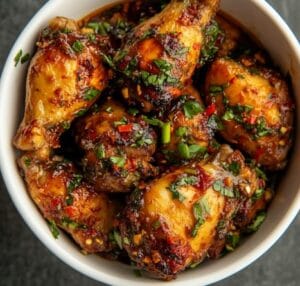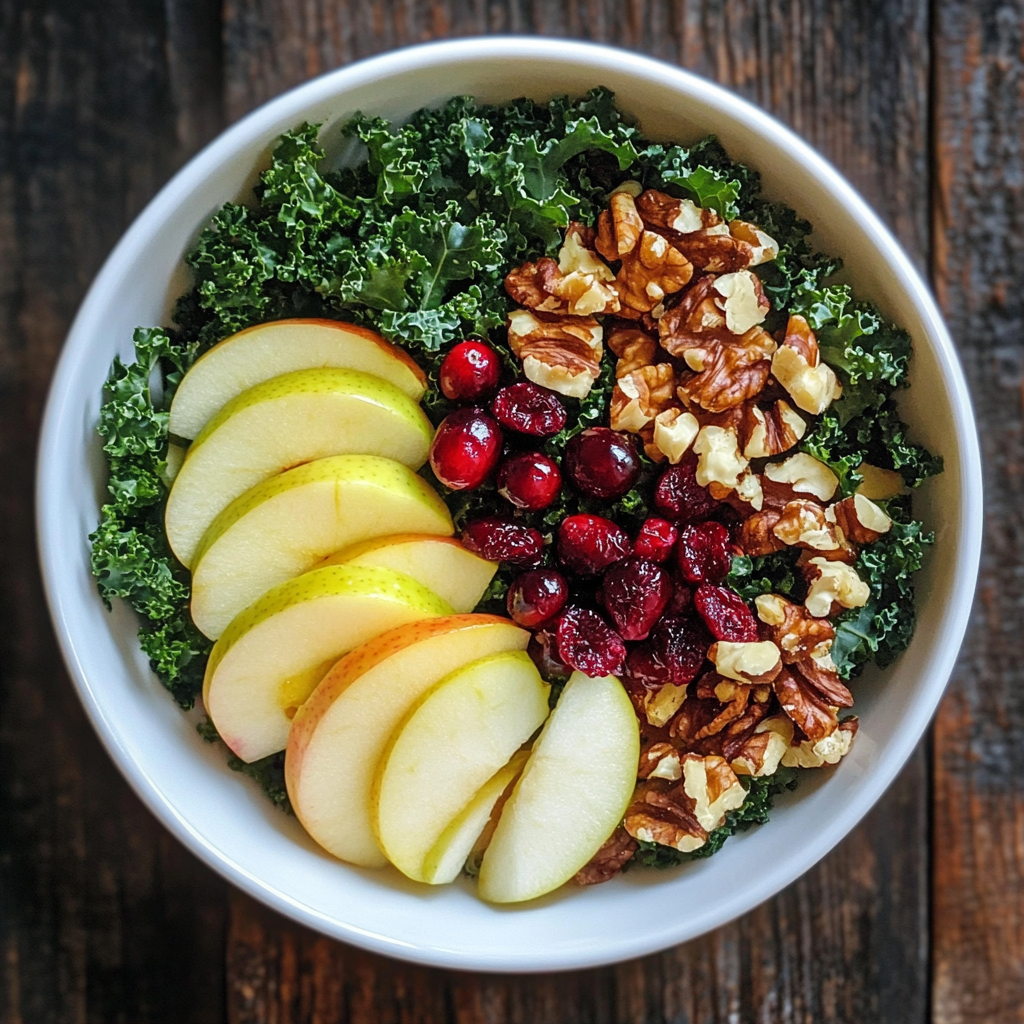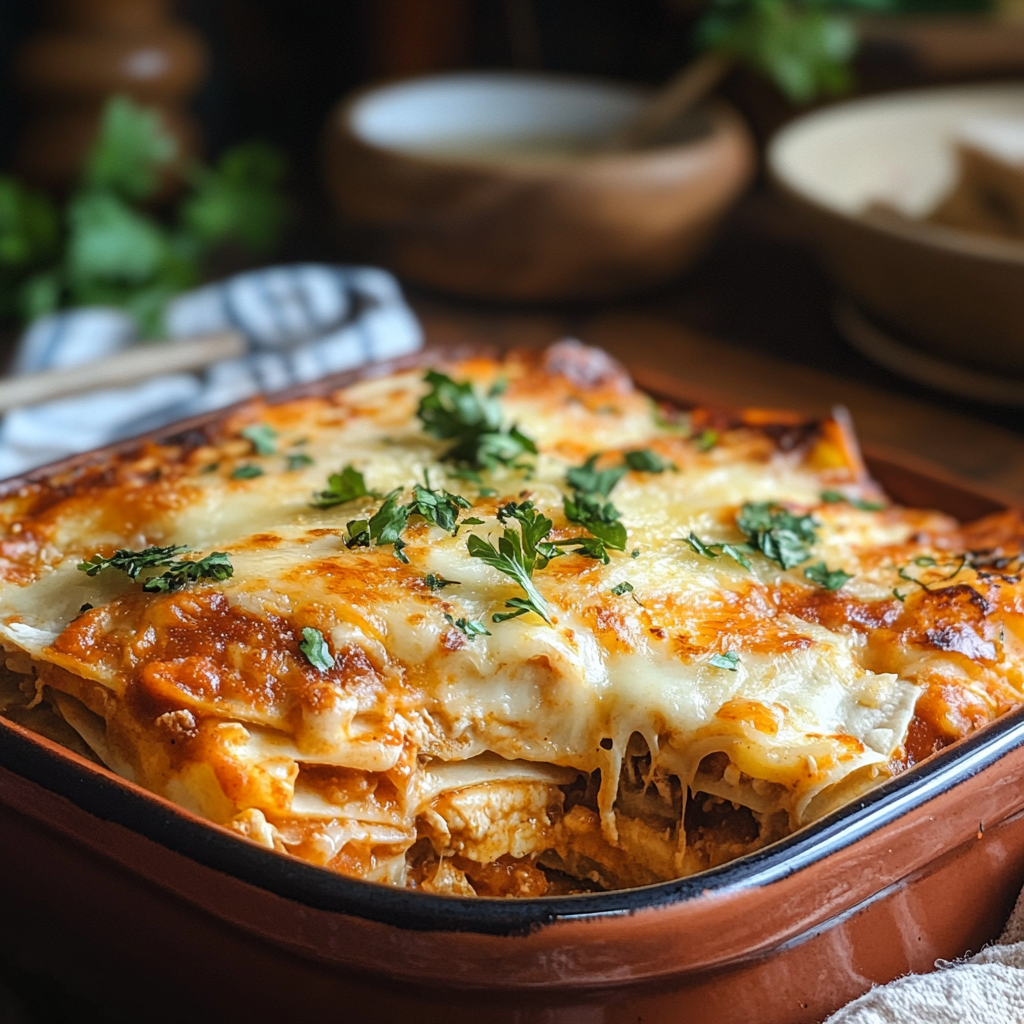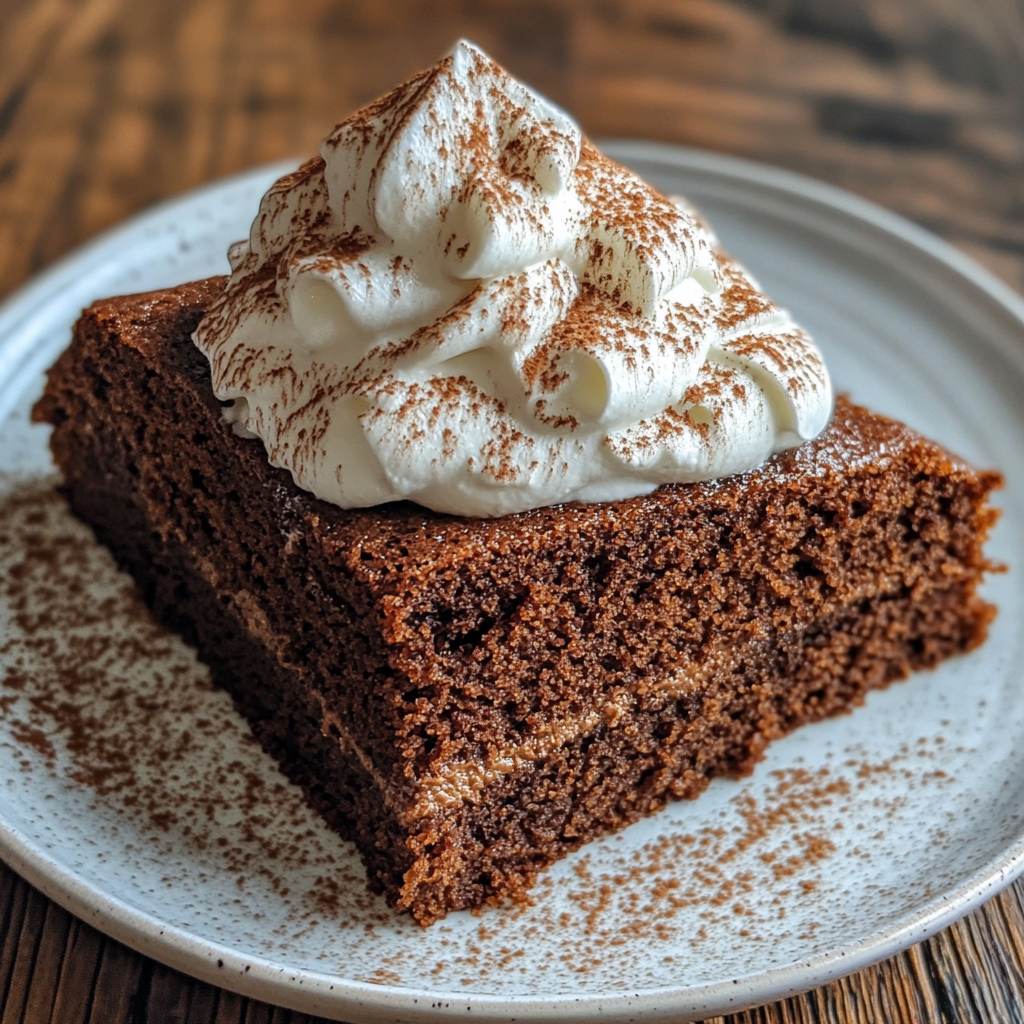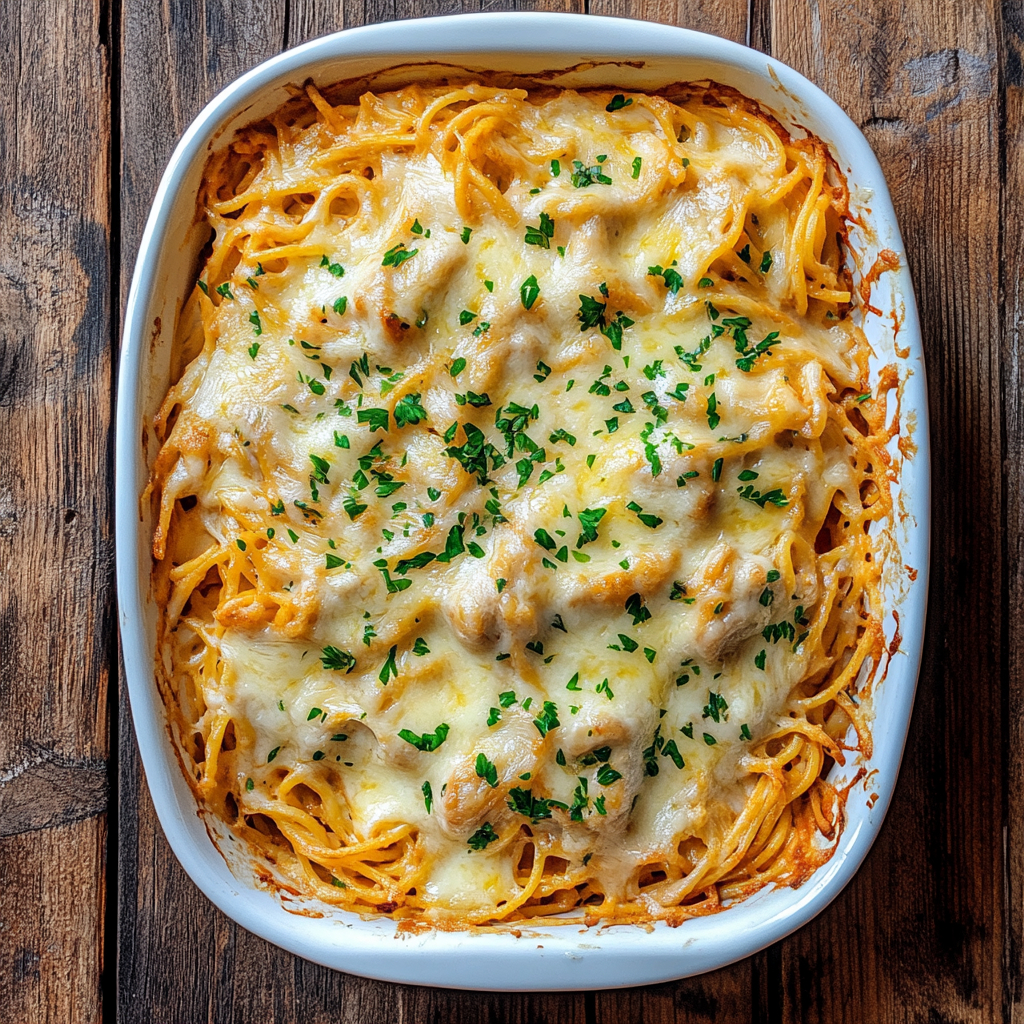Introduction
If you’ve ever asked, what is dressing in the South, you’re in for a culinary treat. Dressing in the South is more than just a side dish; it’s a cherished tradition that graces every holiday table, especially during Thanksgiving. Southern dressing is rich in flavor, steeped in history, and offers a distinct twist that sets it apart from other regional versions. Whether you’re new to Southern cooking or looking to perfect your recipe, this guide will take you through everything you need to know.
What Is Dressing in the South?
In the South, dressing refers to a savory bread-based dish that is baked separately from the turkey. It typically uses cornbread as the base, mixed with aromatic vegetables, broth, and a blend of herbs like sage and thyme. Unlike stuffing, which is cooked inside poultry, dressing is always baked in a dish, giving it a crisp, golden top.
Southern dressing is beloved for its bold flavors, fluffy interior, and slightly crumbly texture. It’s a must-have at Southern family gatherings and holiday feasts.
The History of Dressing in the South
Dressing has deep roots in Southern culinary traditions. Early settlers adapted recipes brought from Europe, incorporating locally available ingredients like cornbread. Over time, the dish evolved into a staple of Southern comfort food. Cornbread dressing, in particular, became popular due to the abundance of cornmeal in the region and its ability to pair well with rich flavors.
Today, dressing remains a symbol of Southern hospitality and family gatherings, passed down through generations with slight variations to suit individual tastes.
Key Ingredients in Southern Dressing
1. Cornbread
- Cornbread serves as the foundation for Southern dressing.
- Its slightly sweet and crumbly texture distinguishes it from white bread-based dressings.
2. Aromatic Vegetables
- Onions and celery are sautéed in butter to add depth of flavor.
- Garlic is sometimes included for extra savoriness.
3. Broth or Stock
- Chicken or turkey broth moistens the dressing, ensuring it’s flavorful and not too dry.
4. Herbs and Spices
- Sage, thyme, and black pepper are commonly used to season the dish.
- Poultry seasoning enhances the classic Southern flavor.
5. Optional Add-Ins
- Sausage, giblets, or oysters can be added for extra richness.
- Dried cranberries or pecans offer a sweet and nutty twist.
Step-by-Step Guide to Making Southern Dressing
Prepare the Cornbread
- Bake your favorite cornbread recipe or use store-bought cornbread.
- Crumble the cornbread into small pieces and allow it to dry out overnight.
Sauté the Vegetables
- Cook diced onions and celery in butter until soft and fragrant.
Combine Ingredients
- In a large bowl, mix the crumbled cornbread, sautéed vegetables, and herbs.
- Gradually add broth, ensuring the mixture is moist but not soggy.
Bake the Dressing
- Transfer the mixture to a greased baking dish.
- Bake at 350°F for 30-40 minutes, or until the top is golden and crisp.
Variations of Southern Dressing
1. Sausage Cornbread Dressing
- Adds cooked sausage for a hearty twist.
- Perfect for those who prefer a meatier dish.
2. Oyster Dressing
- A coastal Southern specialty that incorporates fresh oysters.
- Offers a briny, rich flavor that pairs well with turkey or ham.
3. Vegetarian Cornbread Dressing
- Replaces chicken broth with vegetable broth.
- Includes mushrooms or nuts for added texture and flavor.
Why Is Dressing a Holiday Favorite in the South?
Southern dressing has become synonymous with holidays like Thanksgiving and Christmas due to its comforting flavors and versatility. Its ability to complement roasted turkey, ham, and other festive dishes makes it a staple at holiday feasts. Beyond its flavor, dressing also carries emotional significance, often made using family recipes that evoke memories of gatherings past.
How Is Dressing Different From Stuffing?
While dressing and stuffing share similar ingredients, their preparation methods differ. Dressing is baked in a dish, creating a crispy top layer, while stuffing is cooked inside poultry, resulting in a softer texture. Southern cooks typically favor dressing due to its versatility and ease of preparation.
Tips for Perfect Southern Dressing
- Use day-old or toasted cornbread to prevent sogginess.
- Don’t overmix the ingredients to retain the dressing’s fluffy texture.
- Taste and adjust the seasoning before baking to ensure a balanced flavor.
Healthier Alternatives for Southern Dressing
- Substitute butter with olive oil for a lower-fat option.
- Use whole-grain cornbread for added fiber.
- Increase the vegetable ratio for a lighter, more nutrient-rich dish.
Common Mistakes to Avoid
- Too Much Liquid:
- Adding excessive broth can make the dressing mushy. Gradually add liquid until the desired consistency is achieved.
- Overcooking:
- Baking for too long can dry out the dressing. Keep an eye on the oven and remove it once the top is golden.
- Underseasoning:
- Cornbread dressing relies heavily on herbs and spices, so don’t be shy with the seasoning.
How to Serve Southern Dressing
Southern dressing pairs well with:
- Roast turkey or ham.
- Mashed potatoes and gravy.
- Cranberry sauce for a tangy contrast.
For a complete Southern feast, serve dressing alongside green bean casserole, sweet potato pie, and collard greens.
Storing and Reheating Southern Dressing
Storing Leftovers
- Transfer leftovers to an airtight container and refrigerate for up to 3 days.
Freezing Dressing
- Wrap unbaked dressing tightly in plastic wrap and freeze for up to 3 months. Thaw in the fridge overnight before baking.
Reheating
- Warm dressing in the oven at 300°F, covered with foil to retain moisture.
What Is Dressing in the South?
Southern dressing is a quintessential dish, often found at holiday feasts and family gatherings. Known for its rich flavor and comforting texture, this dish highlights the region’s culinary traditions.
Key Ingredients
Southern dressing primarily features cornbread, setting it apart from other variations. The dish includes a combination of these staple ingredients:
- Cornbread: Typically homemade and crumbled, creating the dish’s base.
- Broth: Chicken or turkey broth adds moisture and enhances the flavor.
- Vegetables: Onions, celery, and garlic contribute aroma and texture.
- Seasonings: Sage and thyme are commonly used for that signature Southern taste.
For more details about the traditional ingredients, visit what is traditional dressing made of.
Preparation Process
In Southern kitchens, dressing preparation often starts with freshly baked cornbread, which is then crumbled and combined with sautéed vegetables. Broth is added gradually to achieve the desired consistency. The mixture is then baked in a casserole dish until golden and slightly crisp on top.
For step-by-step guidance, explore this chicken dressing recipe.
Regional Distinction
In the South, dressing stands out from stuffing due to its preparation method. Unlike stuffing, which cooks inside the bird, dressing bakes separately. This method creates a crispy topping while maintaining a moist interior. To learn more about these differences, check out the difference between stuffing and dressing.
Elevate Your Recipe
To personalize your dressing, consider these add-ins:
- Proteins: Shredded chicken or sausage for added heartiness.
- Dried Fruits: Cranberries or raisins for a touch of sweetness.
- Toasted Nuts: Pecans or walnuts for added crunch.
For more inspiration, visit trusted resources like The Kitchn or Southern Living.
Frequently Asked Questions
1. What Is Dressing in the South?
In the South, dressing refers to a savory dish made primarily from cornbread, aromatic vegetables like onions and celery, broth, and herbs. Unlike stuffing, which is cooked inside poultry, dressing is baked separately in a dish. The result is a flavorful mix with a moist interior and a crispy, golden top. This dish is a staple at holiday gatherings, particularly during Thanksgiving and Christmas, offering a comforting and hearty addition to the table.
Benefit: Understanding what makes Southern dressing unique allows you to appreciate its cultural roots and prepare it authentically for your own celebrations.
2. Why Is Cornbread Used in Southern Dressing?
Cornbread is the key ingredient in Southern dressing because it reflects the agricultural history of the region. Cornmeal was widely available in the South, making cornbread a common staple. Its crumbly texture and slightly sweet flavor complement the savory elements of dressing, creating the perfect base for the dish. Cornbread also holds up well when combined with broth and other ingredients, ensuring a cohesive texture without becoming overly soggy.
Benefit: Using cornbread as a base brings authenticity to the dish and enhances its traditional flavor.
3. Can Southern Dressing Be Made Ahead of Time?
Yes, Southern dressing is an ideal make-ahead dish. You can prepare the mixture a day before, assemble it in a baking dish, and refrigerate it until you’re ready to bake. This method not only saves time but also allows the flavors to meld together, resulting in a more cohesive and flavorful dish. When it’s time to bake, simply pop it into the oven and cook until golden and crisp.
Benefit: Prepping ahead reduces stress on busy cooking days, giving you more time to focus on other tasks or enjoy time with family and friends.
4. How Can I Make Southern Dressing Moist?
To ensure your Southern dressing stays moist, use a generous amount of broth when mixing the ingredients. Add the liquid gradually, stopping when the mixture feels damp but not overly wet. Baking the dish covered with foil for the first 20 minutes helps lock in moisture, while removing the foil during the last 10-15 minutes creates a crispy top layer.
Benefit: Mastering the balance of moisture ensures your dressing is rich and flavorful, never dry or crumbly.
5. Can Southern Dressing Be Made Vegetarian?
Absolutely! You can easily make Southern dressing vegetarian by substituting chicken or turkey broth with vegetable broth. To add depth of flavor, include sautéed mushrooms, nuts, or dried fruits like cranberries. The cornbread base works beautifully with plant-based ingredients, and you can even experiment with vegan butter for a completely dairy-free option.
Benefit: Adapting Southern dressing to vegetarian or vegan preferences makes it inclusive for all guests while maintaining its delicious flavor.

